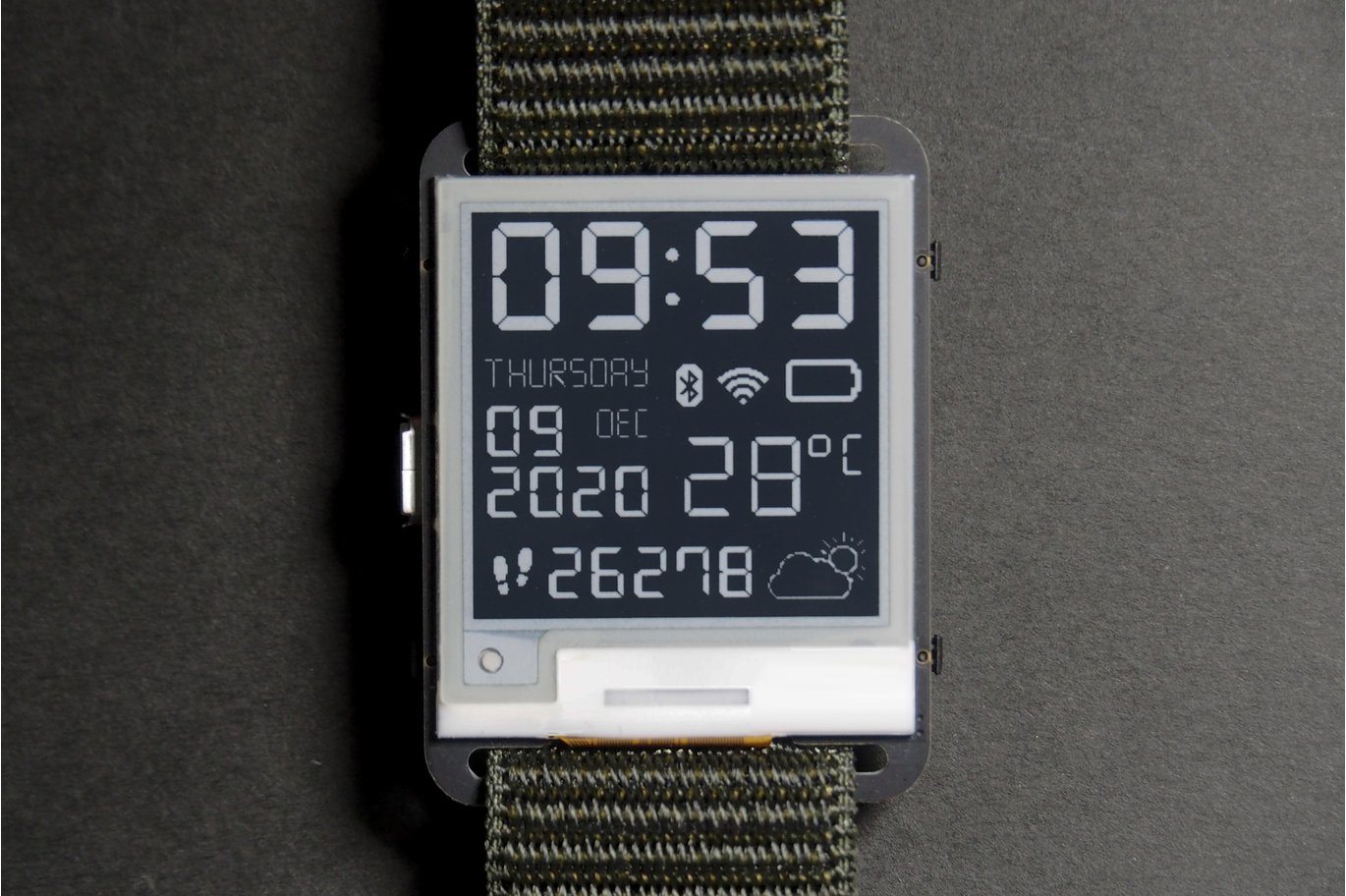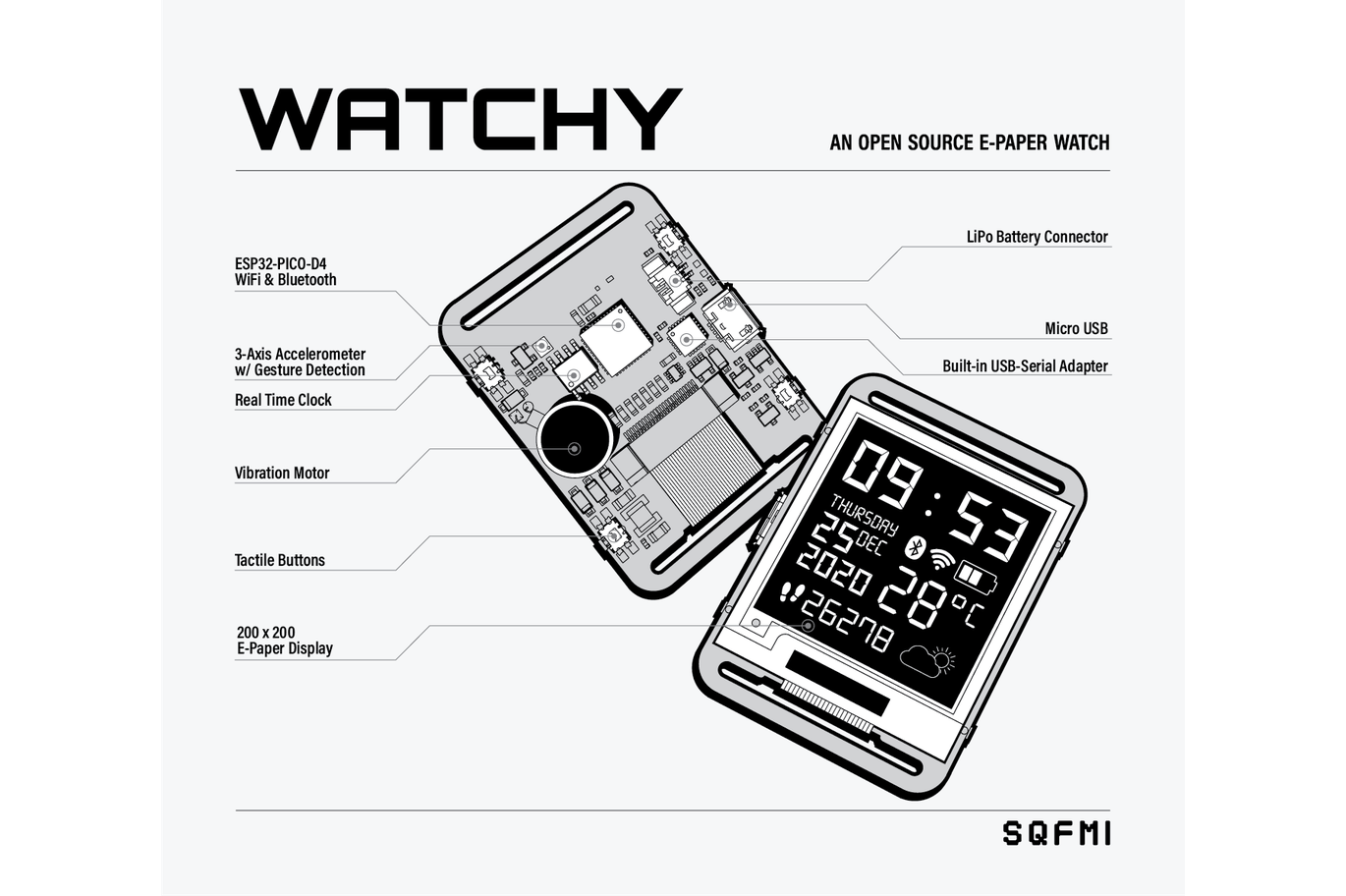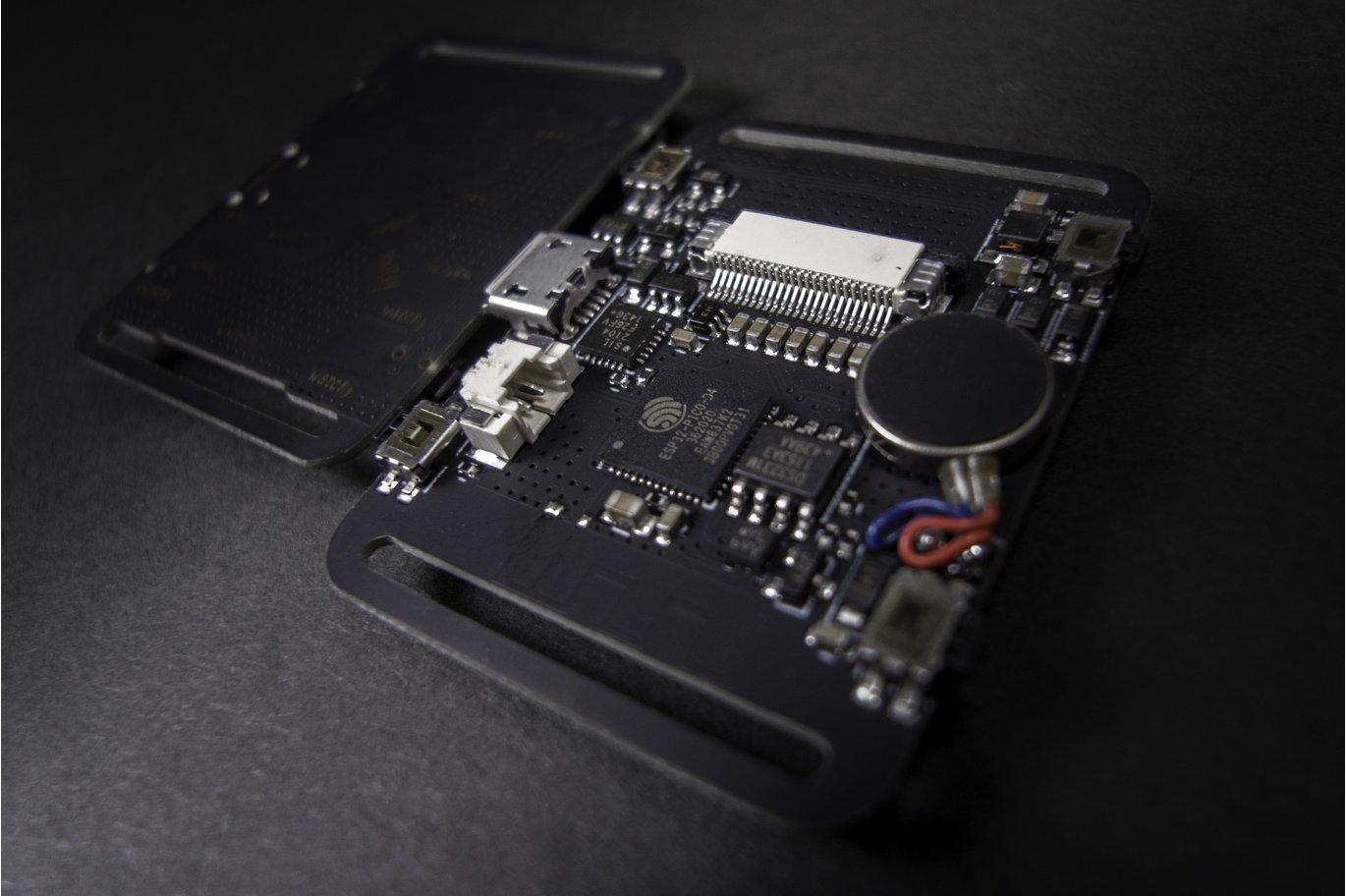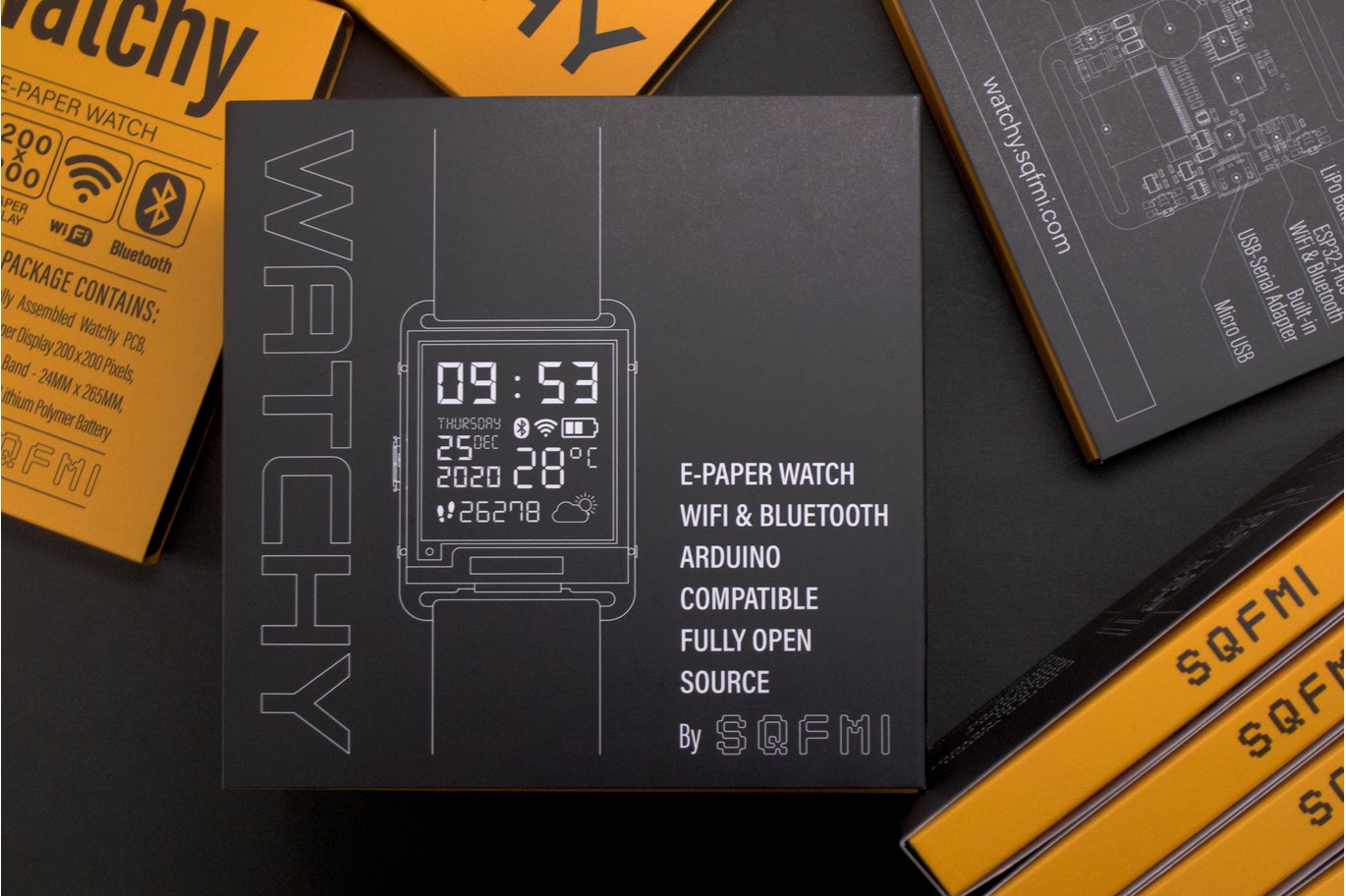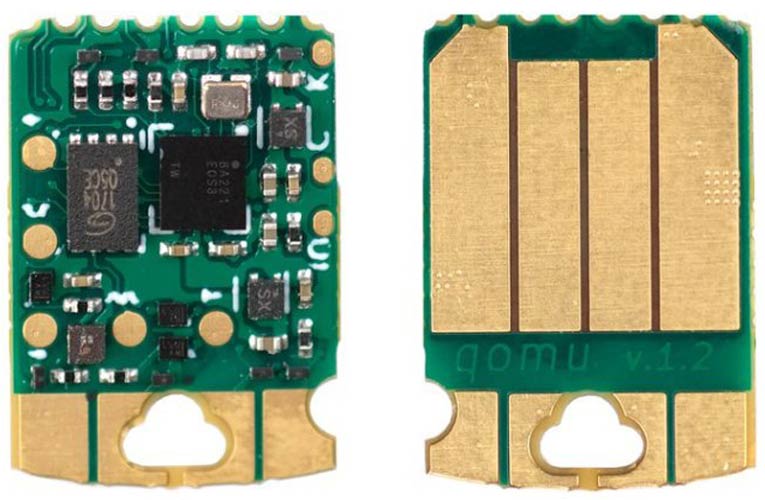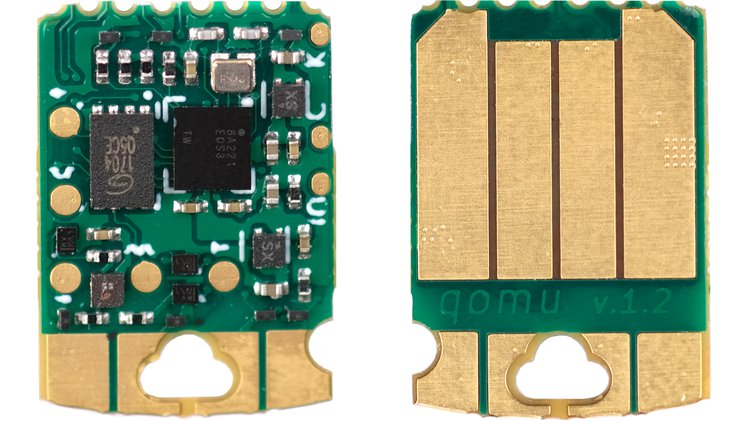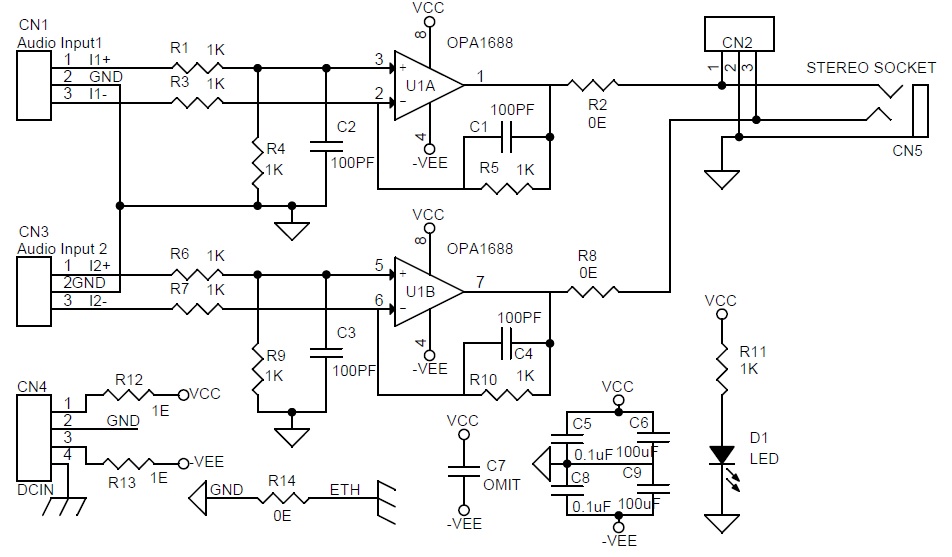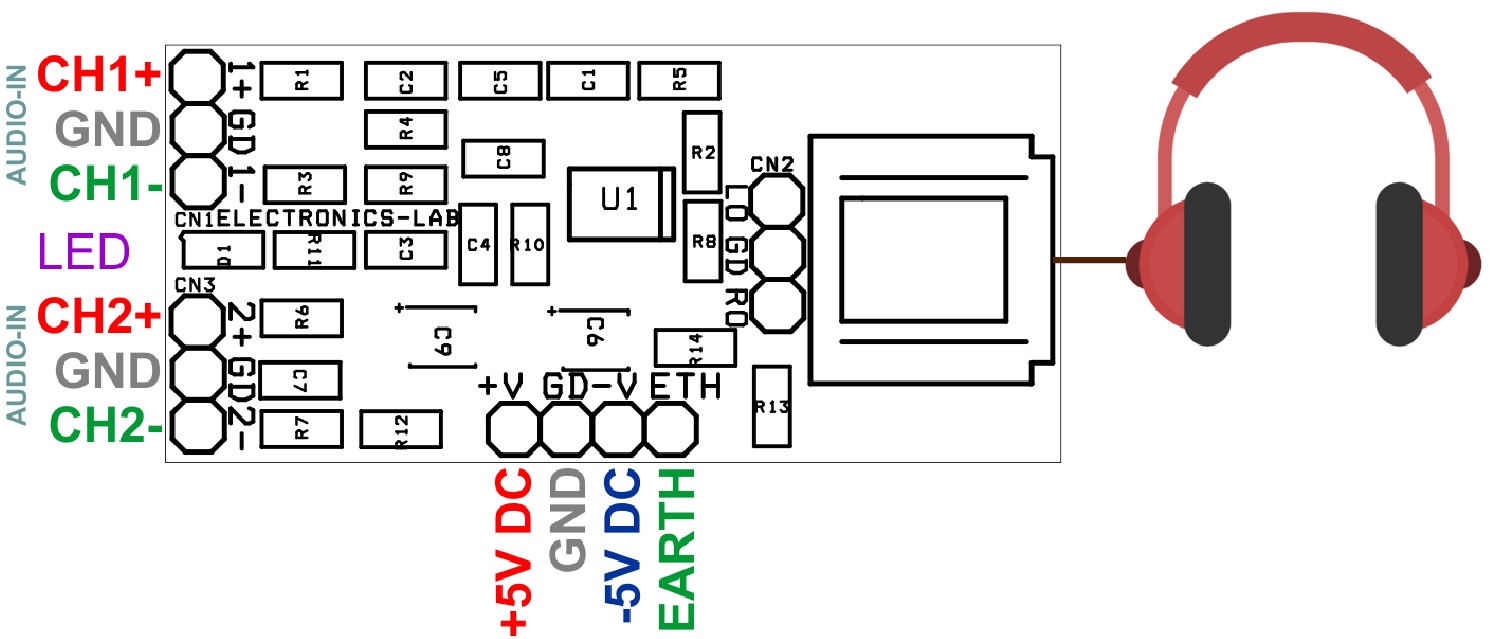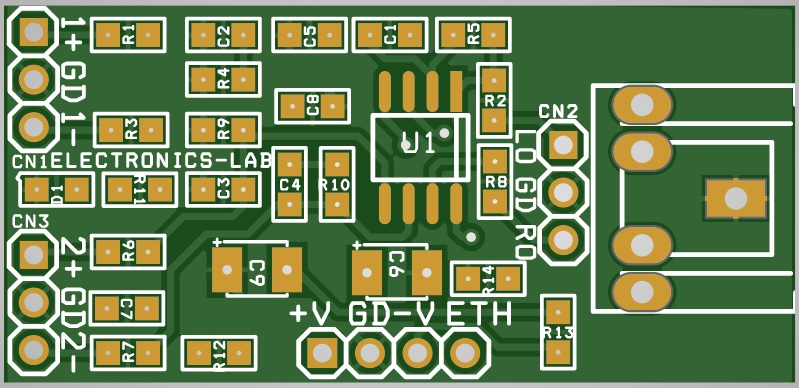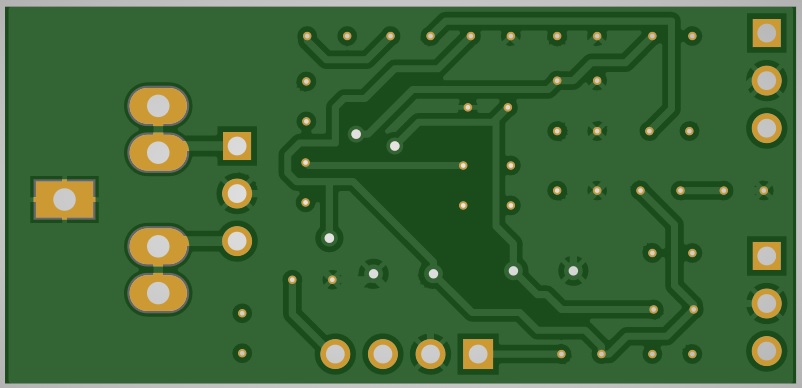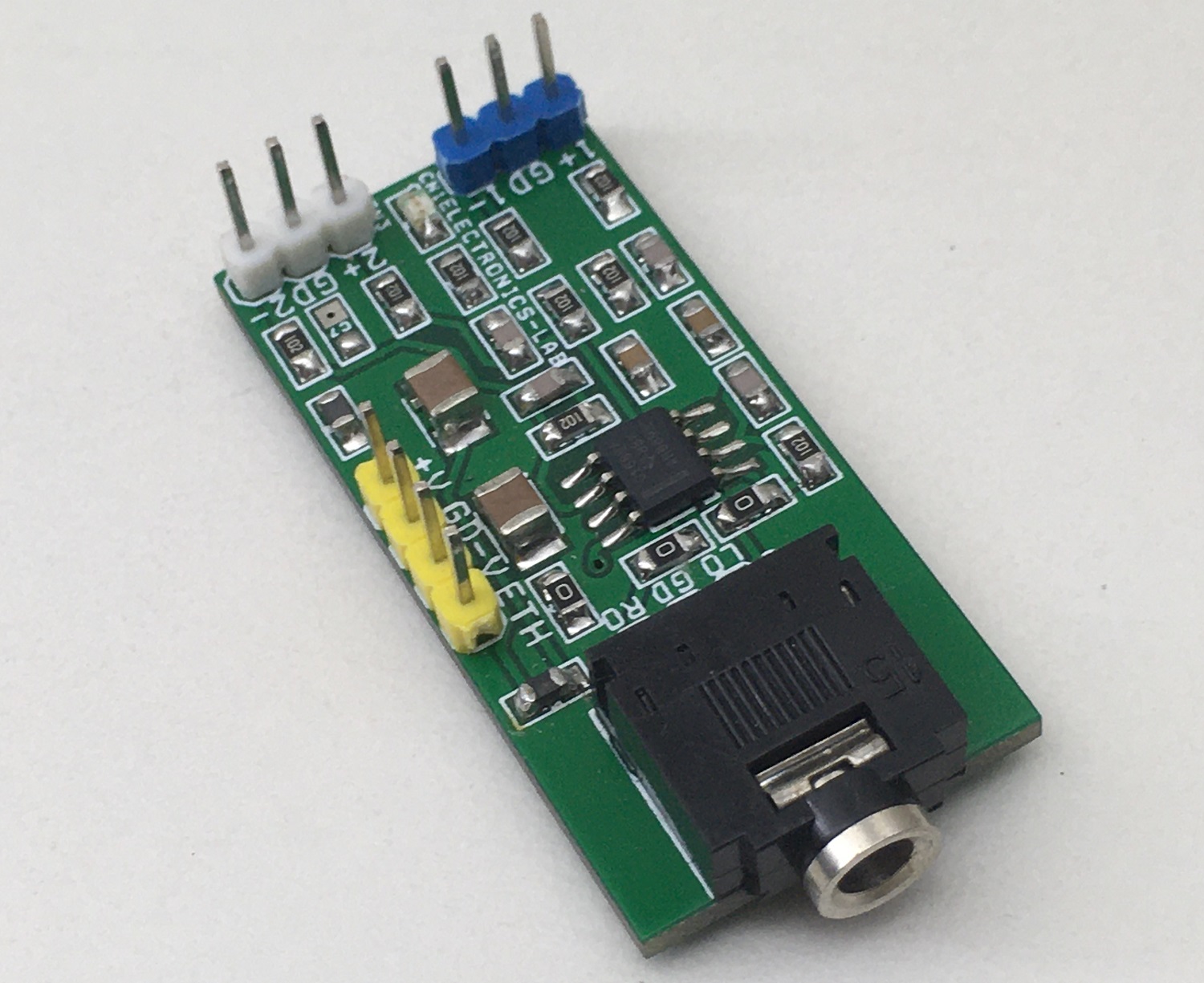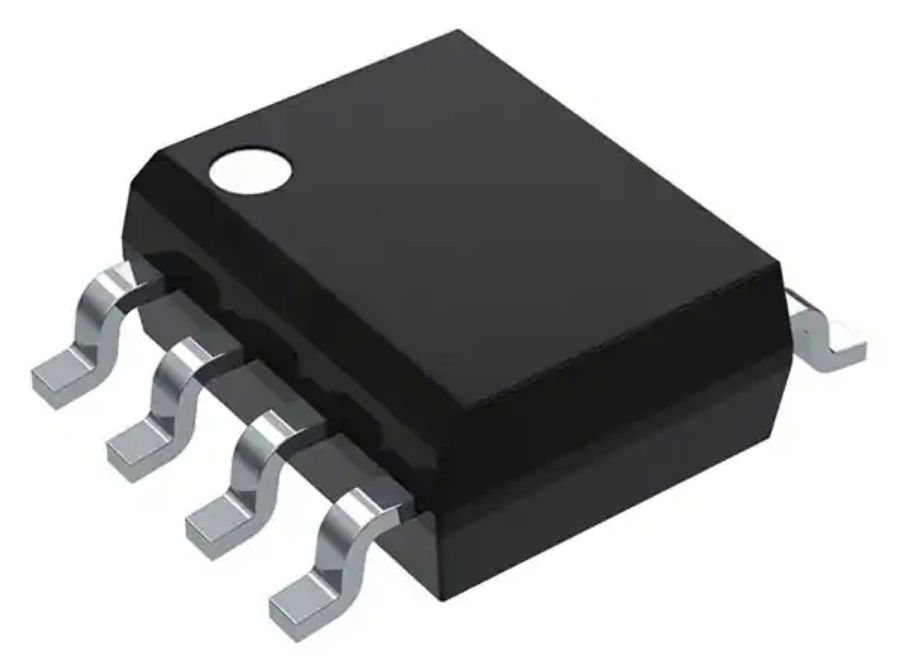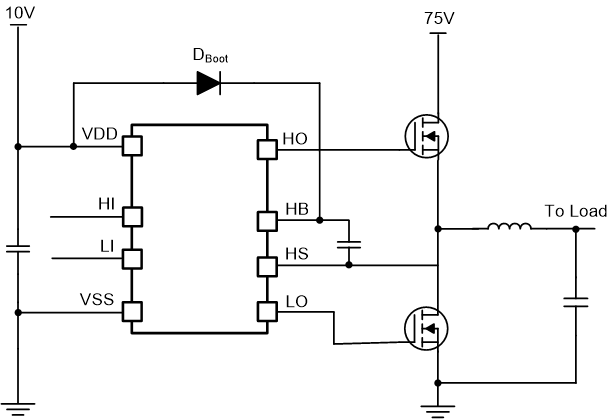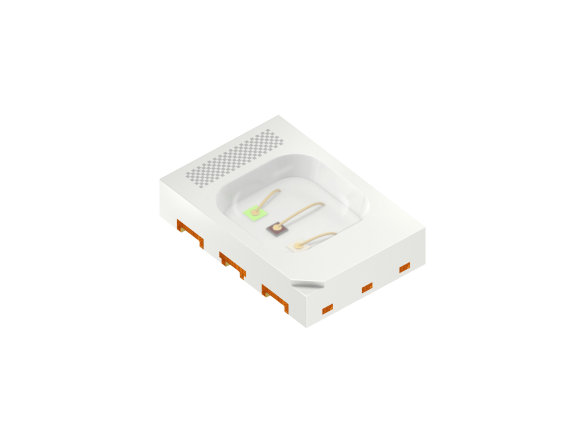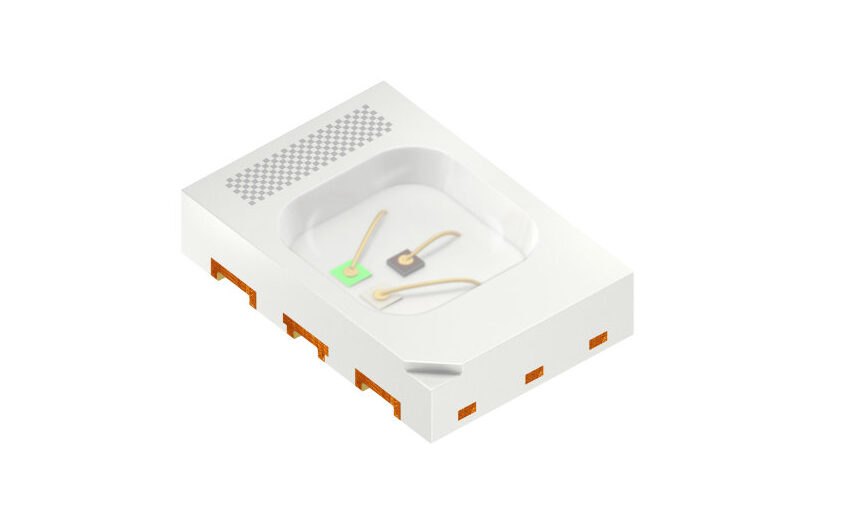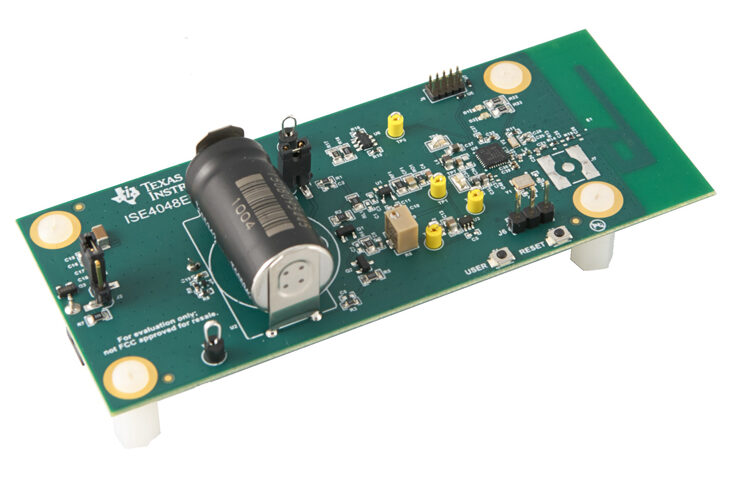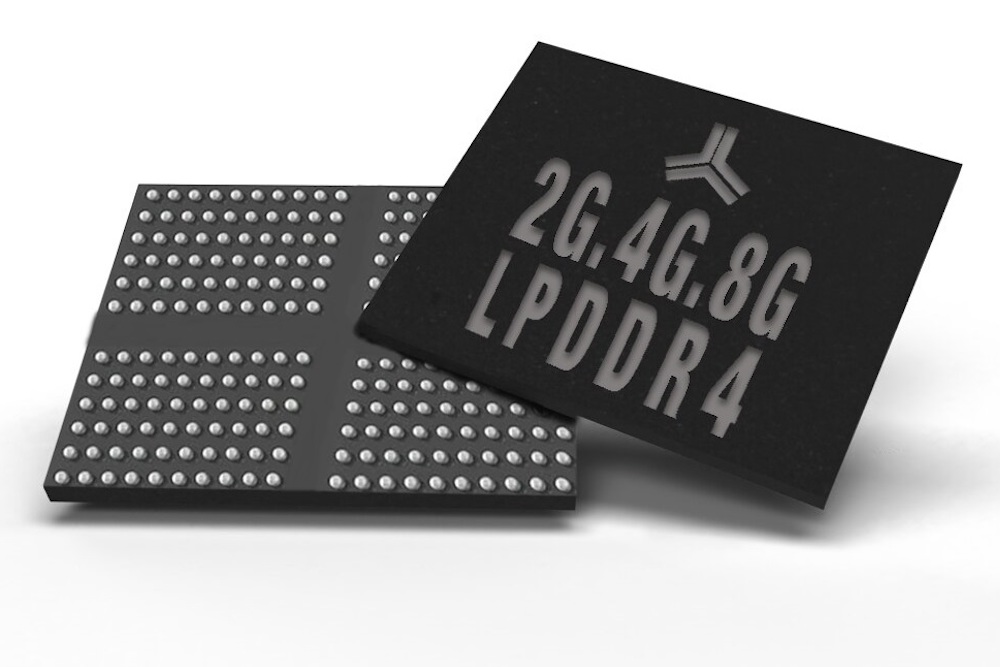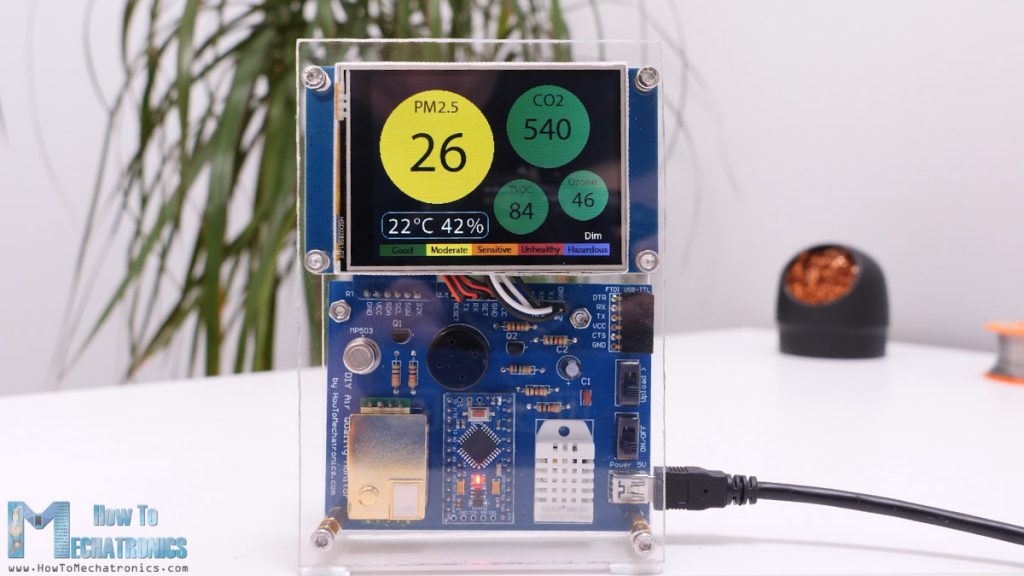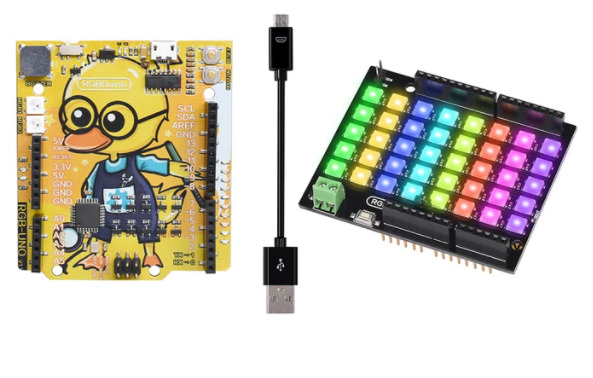
Now, from my writing experience here at eLab, I have dealt with some funny and interesting concepts, but nothing quite like what I am about to show you. But bear with me here, aside from the questionably looking electronics you are about to glance, there might be something useful to light up your Arduino projects. So, take this article with a grain of salt, as things will get very weird, very fast.
So, what is there so special about the RGBDuino? Firstly, we are talking about an RGB shield for Arduino, constituted by 40, individually addressable, RGB LEDs. It allows for a flexible 5 and 3.3 V inpt logic, as well as operate under the 3.5 to 5.3 V range, so nothing very limiting there. Speaking of limitations, you only need one pin to control it, and you also have a 24-bit color resolution, which is really good. It can be powered via the Arduino directly (with a mere 2 A of maximum operating current, are you sure you want to do that?), or via an external source. Regarding safety, it incorporates a reverse polarity protection diode for the external power port. Being compatible with the Arduino interface, it makes an ideal candidate for your projects where lightling is important. The last two things to take into consideration are a digital output connection, for you to expand the 40 LEDs to more, if you desire, and the adition of a reset button, so that you do not injure yourself trying to reach for the button on the bottom of the board, if necessary.
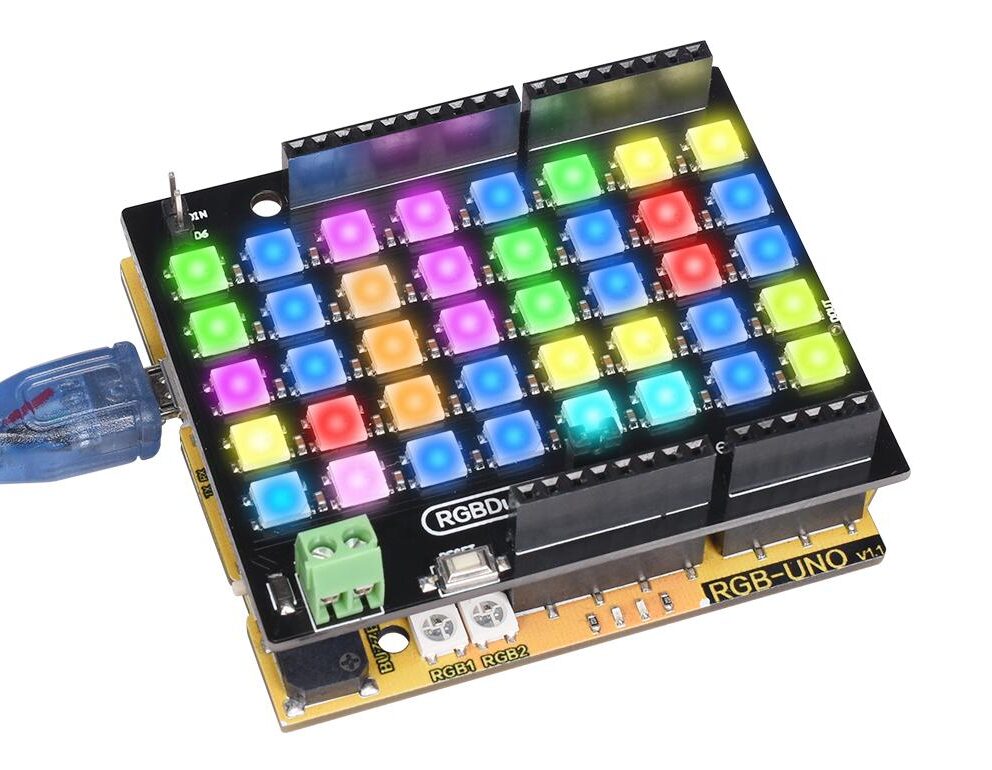
Now, everything discussed so far does not seem ridicule, in any way, so let us embrace the weirdness that accompanies this product. You can only get the RGBDuino shield if you get a very questionably looking Arduino UNO compatible board, the RGBDuino UNO. Do not get me wrong, it is a fully-fledge and dignified version of an Arduino, but they went with a very unusual looking PCB, which comes in the form of an anime woman (and I describe: half-naked, holding a soldering iron, the right way at least) named Jenny, or an intelectual-looking duck with glasses and dungarees. Why am I complaining? They look amazing! Well, they did not name the duck, and that bothers me.
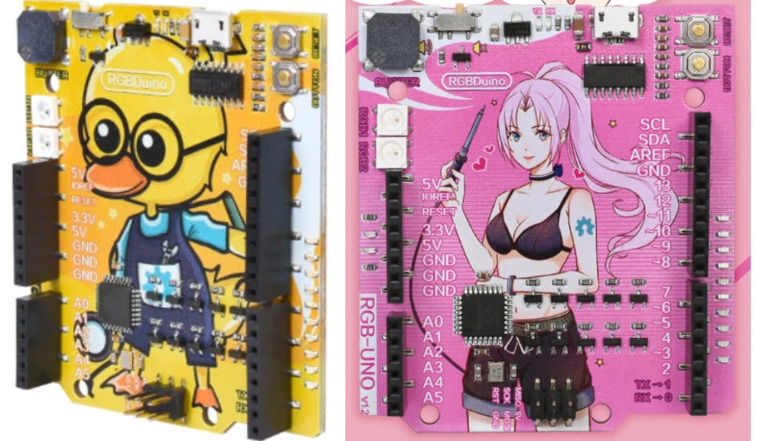
After what we have seen so far, you may be wondering: what’s the use of an image on top of a PCB if I am going to hide it with a shield? Well, do not hide it. It is worth much more, use an Arduino for the shield instead, and get a transparent case to the Arduino board! Lastly, as I said, you can only get this in bundle with Jenny or “duck”, and it will be $18.67, which is not bad, considering the creativity put into it (and the fact that LED shields are quite expensive).
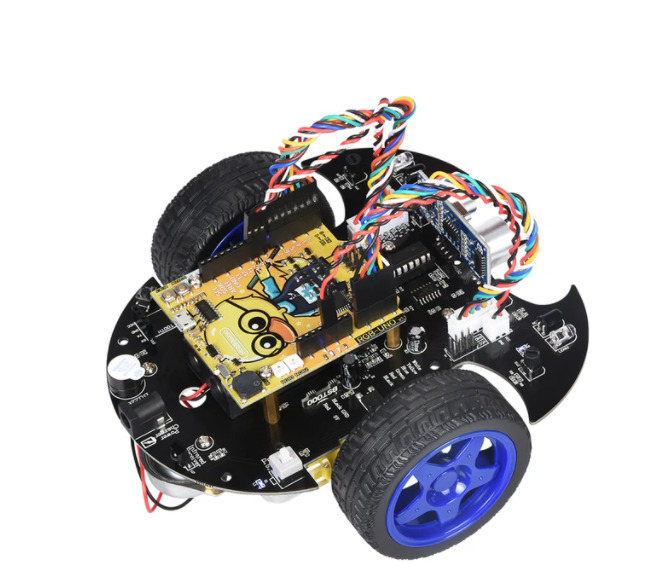
- RGBDuino Shield link: https://www.biqu.equipment/products/rgbduino-rgb-sheild-v1-0-rgbduino-uno-v1-1-v1-2-for-arduino-uno-arduino-mega-2560?variant=31866330972258
- RGBDuino GihHub link: https://github.com/RGBduino/RGBDuino


